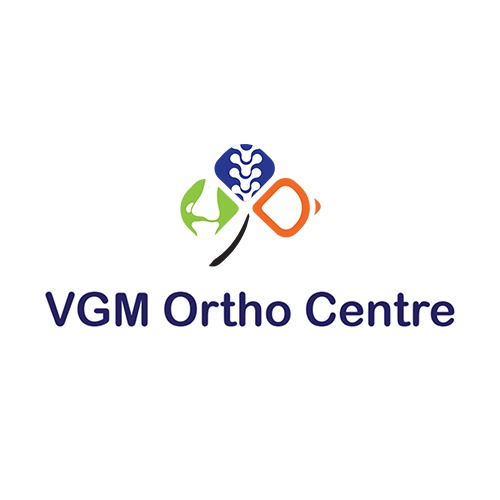

Spinal canal stenosis is a condition of abnormal narrowing of the spinal canal/ neural foramen resulting in pressure on the spinal cord or nerve roots. The symptoms are typically gradual in onset and they improve with bending forwards. Severe symptoms may include loss of bladder control, loss of bowel control, or sexual dysfunction.
Some common causes of spinal canal stenosis include:
1.Ageing
2.Osteoarthritis
3.Rheumatoid arthritis
4.Spinal tumors
5.Trauma – following injury (usually burst fracture or spine fracture-dislocation), the bone fragments may enter the spinal canal and press on the spinal cord
6.Accidents and injuries may dislocate the spine and the spinal canal or cause burst fractures that yield fragments of bone that go through the canal[23]
7.Paget's disease of the bone
8.Scoliosis
9.Spinal Instability
10.Spondylolisthesis
11.Congenitally narrow canal by birth
There are many factors with ageing causing spinal canal stenosis:
Thickening of the Spinal ligaments called ligamenta flava
Bone spurs (spondylophytes) develop on the bone and project into the spinal canal or foraminal openings
Severe Intervertebral disc prolapse
Facet joints may thicken/ break down
Non-traumatic Spontaneous Compression fractures of the spine, (common in osteoporosis)
1.It can be classified by the part of the spine affected into cervical, thoracic, and lumbar stenosis.
2.Lumbar stenosis is the most common followed by cervical stenosis.
3.Patients with cervical myelopathy caused by narrowing of the spinal canal are at higher risks of acute spinal cord injury if involved in accidents. Besides cervical myelopathy itself can cause major body weakness and paralysis.
Pain in the neck/back
Standing discomfort
Radiating pain across arm/legs
Numbness and/or weakness of arms/legs
Treatment may involve pain-killers, B12 tablets/injections, bracing, stretching and strengthening exercises, Limitation of certain activities or finally surgery (decompressive laminectomy usually).
The surgeriesfor lumbar canal stenosis are:
1.Lumbar decompressive laminectomy
2.Lumbar decompression and fusion
3.Lumbar decompression and instrumentation
The surgeries for cervical canal stenosis are:
1.Cervical decompression laminectomy
2.Anterior cervical discectomy and fusion
Spinal Instability is a condition characterised by failure of the spinal column to maintain its normal structure leading to slipping of the vertebral bones over one another in specific movements of the spine. Normally, the spine functions to protect and provide support to the body and its internal organs. An unstable spine is incapable of holding various spinal structures such as spinal muscles, ligaments, bones and discs in place. Mild spinal instability may resolve on its own, while a severe spinal instability may damage the spinal cord, nerve roots and lead to spinal deformity.
The common causes of spinal instability are:
1.Injury or trauma to the spinal column
2.Spinal degenerative disease
3.Tumor in the vertebrae, discs or ligaments
4.Congenital defects
1.Back pain – perhaps in certain spine positions
2.Nerve irritation causing deep, severe pain starting from the back and radiating to the legs
3.Painful muscle spasms
4.Numbness or weakness in the leg, foot or arms
Xrays of the spine are taken in bending position of the spine (called Flexion and Extension views) are taken to identify which level of the spinal segments slip over each other.
MRI scan maybe useful to identify any compression of the cord/nerve roots.
Treatment may involve pain-killers, B12 tablets/injections, bracing (contoured/flexible), stretching and strengthening exercises, Limitation of certain activities or finally surgery.
Treatment varies depending on the severity and cause of spinal instability. Pain and vertebral slippage in cases of mild spinal instability can be relieved with physical therapy. However, trauma to the spinal column or congenital instability requires surgical treatment.
Spinal Instrumentation and/or Spinal fusion